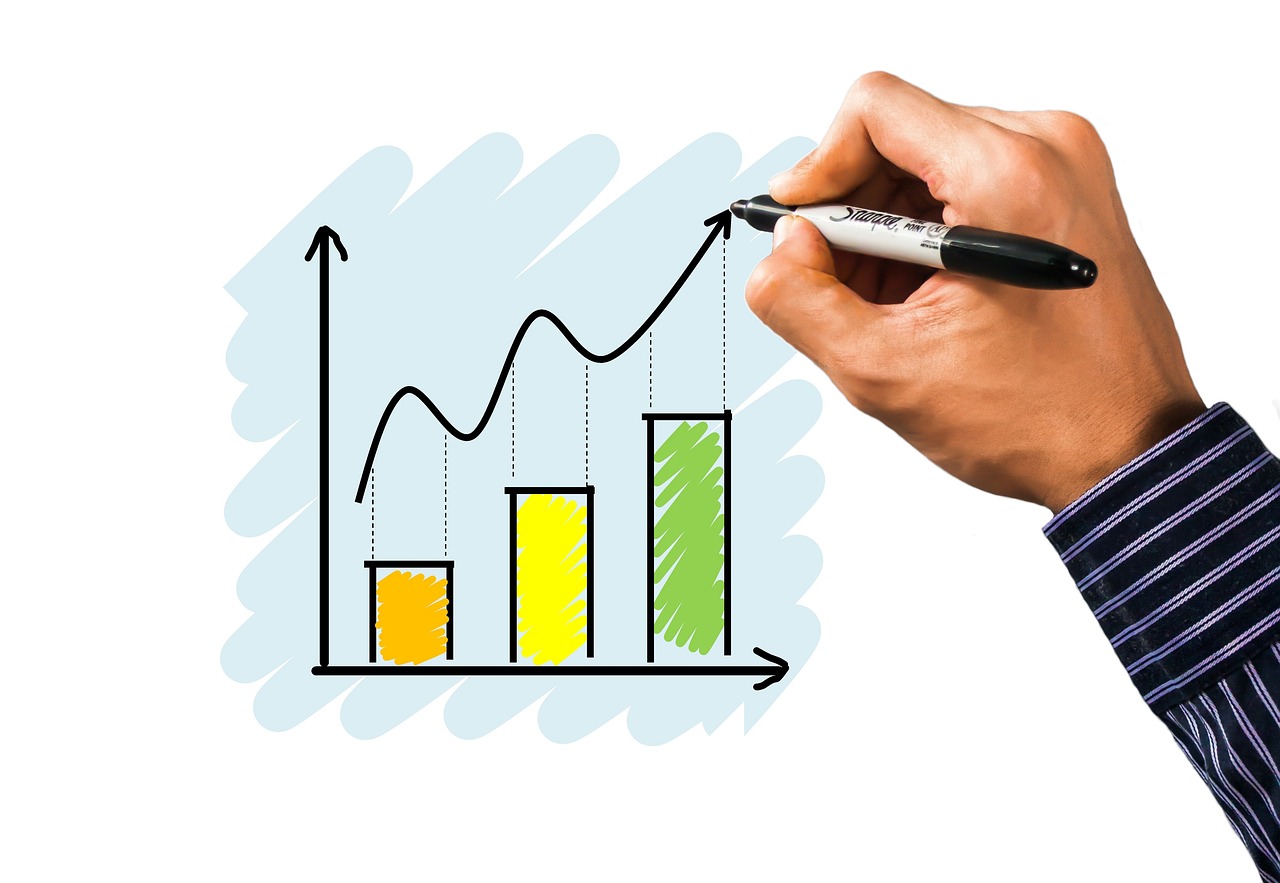Last Updated on October 30, 2025 by teamobn
The procurement process for construction poses a unique set of difficulties. Manual processes frequently fail in this complicated environment, which is created by tight project timeframes, variable material costs, subcontractor dependencies, and multi-layered compliance requirements. Construction companies are using digital procurement solutions to boost control, efficiency, and financial leverage as demands rise across commercial, residential, and infrastructure projects.
The shift from reactive purchasing to strategic procurement is reshaping the industry. In particular, companies that have embraced digital platforms report enhanced transparency, reduced costs, and improved collaboration across internal teams and supplier networks. For many, integrating systems like purchasing software into daily operations has proven pivotal in managing both materials and subcontractor relationships.
Contents
- 1 Streamlining Procurement in the Construction Industry
- 2 Why Procurement Is a Challenge in Construction
- 3 How Procurement Software Transforms Construction Purchasing
- 4 Key Benefits of Procurement Software for Construction Firms
- 5 Procurement Software Features That Add Value to Construction Projects
- 6 Implementing Procurement Software in Construction Projects
- 7 Real-World Examples: Success with Digital Procurement in Construction
- 8 Conclusion – Building Smarter, Faster, and More Cost-Effective Projects
- 9 FAQ
Streamlining Procurement in the Construction Industry
In the construction industry, procurement is much more than just making material orders. It includes contract approvals, vendor qualification, price comparisons, and subcontractor supervision, all of which need to be in line with stringent financial and construction schedule requirements. Miscommunications or delays in the procurement process frequently result in expensive rework, fines, or schedule overruns.
This dispersed ecosystem is brought together with the use of digital solutions. Procurement software turns procurement from a cost center into a strategic function by facilitating centralized oversight, data-backed decision-making, and real-time departmental communication. This shift, enabled by purchasing software, enhances visibility into both direct material costs and indirect expenses tied to delays or supplier performance issues.
Why Procurement Is a Challenge in Construction
Several persistent pain points make construction procurement uniquely difficult:
- Supplier and subcontractor fragmentation: Every new project often involves a different set of vendors, creating complexity in sourcing and managing relationships.
- Material price volatility: Costs of critical materials such as steel, concrete, lumber, and copper can fluctuate rapidly due to market conditions.
- Manual, paper-based processes: Many firms still rely on spreadsheets and physical documentation, which slows down approvals and increases the risk of errors.
- Subcontractor compliance and documentation: Ensuring all contractors meet safety certifications, insurance requirements, and licensing standards adds a layer of administrative burden.
Collectively, these challenges impact cost predictability, schedule adherence, and regulatory compliance, making process modernization increasingly important.
How Procurement Software Transforms Construction Purchasing
Procurement software introduces automation, accountability, and efficiency to every phase of the construction procurement lifecycle. From sourcing to payment, key features include:
- Centralized vendor databases: Store and access supplier and subcontractor profiles, qualifications, and documentation in a single platform.
- Automated RFQ generation and bid comparison: Distribute requests for quotes to prequalified vendors and evaluate responses side by side for pricing, lead times, and terms.
- Real-time pricing visibility: Monitor trends and benchmark against historical purchases to identify cost-saving opportunities.
- Contract and PO automation: Generate standardized documentation and route for multi-level approvals electronically.
- Subcontractor onboarding tools: Collect compliance data and track key documentation expiration dates with automated reminders.
By reducing manual intervention and consolidating data, software allows procurement teams to focus on value-added tasks, such as negotiating more favorable terms and forecasting future needs.
Key Benefits of Procurement Software for Construction Firms
Faster Bid Collection and Contracting
Speed is often the difference between winning and missing a project milestone. Procurement platforms accelerate the sourcing cycle by sending RFQs to multiple vendors at once, collecting bids in real time, and selecting partners based on data rather than instinct. Document templates and e-signature capabilities reduce the turnaround time from days to hours.
Cost Savings Through Better Price Visibility
Having a clear understanding of unit costs across vendors and projects gives procurement managers significant bargaining power. Trends in material prices, supplier variations, and opportunities for cost reductions through volume discounts or long-term contracts are all displayed on real-time dashboards. Better forecasting accuracy and well-informed procurement decisions are guaranteed by this transparency.
Improved Compliance and Audit Trails
It is a complicated but necessary need to keep all subcontractors’ licenses, insurance policies, and certificates up to date. Each vendor has a digital profile created by procurement systems, which also store pertinent paperwork and send out notifications prior to noncompliance. Liability is decreased, and regulatory audit readiness is increased.
Enhanced Collaboration Between Project Teams
Construction projects require coordination among procurement, finance, engineering, and site operations. Procurement software bridges communication gaps by giving stakeholders role-based access to shared platforms, enabling real-time updates on material statuses, order approvals, and budget alignment across functions.
Procurement Software Features That Add Value to Construction Projects
Digital procurement platforms designed for construction should include features tailored to the sector’s demands:
- Mobile-friendly interface: Field teams can submit orders, confirm deliveries, or update approvals directly from construction sites.
- Project management integration: Align procurement timelines with construction schedules to prevent material bottlenecks or idle labor.
- ERP and finance system connectivity: Streamline budget tracking, invoicing, and payment reconciliation.
- Pre-built document templates: Minimize drafting errors and ensure consistency in contracts, RFQs, and POs across projects.
Together, these tools reduce miscommunication, avoid duplication of efforts, and ensure materials and labor arrive where and when they are needed.
Implementing Procurement Software in Construction Projects
Cross-functional support and strategic planning are necessary for the use of procurement software. Important actions consist of:
- Cross-departmental training: Make sure site managers, finance teams, and procurement officers are aware of the features and procedures of the platform.
- Data migration and vendor onboarding: Create permission hierarchies, upload compliance documents, and centralize current supplier data.
- Adaptation to project-specific requirements: Modify document templates, authorization settings, and workflows to conform to organizational policies.
- Monitoring adoption and performance: Track cost savings indicators, approval timelines, and system usage using the built-in analytics.
A phased rollout, beginning with one business unit or project, often delivers measurable results and builds internal support for broader implementation.
Real-World Examples: Success with Digital Procurement in Construction
A commercial contractor operating across multiple states digitized its procurement process to manage drywall and framing subcontractors. By centralizing quote comparisons and automating PO creation, the firm reduced bid cycle times by 40%, allowing faster mobilization on site.
After India’s Karnataka Highways Department introduced an end-to-end procurement platform, say saw an unprecedented leap in efficiency. Tender-cycle time for civil works contracts was cut by 55 days!
Even on the state level, smart procurement has shown its effectiveness. Many low- and middle-income countries that have adopted full e-government procurement (e-GP) suites are reporting the average procurement-price savings of 6.75%
These use cases demonstrate how procurement software not only accelerates decision-making but also creates a foundation for long-term efficiency and risk mitigation.
Conclusion – Building Smarter, Faster, and More Cost-Effective Projects
Procurement is no longer a back-office function limited to order placement and vendor communication. In the construction industry, it plays a central role in cost control, project scheduling, and compliance assurance. Procurement software provides the tools necessary to navigate this complexity—allowing firms to move from reactive purchasing to proactive planning.
The ability to negotiate better deals, gain real-time insights, and collaborate across departments gives construction businesses a competitive advantage. As market volatility and project demands grow, digital procurement is becoming an essential component of modern construction management.
FAQ
What is construction procurement software?
It is a digital platform that manages the sourcing, contracting, and purchasing of construction materials and subcontractor services across projects.
How does it help negotiate better deals with suppliers?
By providing real-time data on pricing, supplier performance, and quote comparisons, the software supports data-driven negotiations and reduces the risk of overpaying.
Can procurement software manage subcontractors too?
Yes. It stores key compliance documents, tracks certification renewals, and simplifies onboarding, improving contractor accountability and safety compliance.
What ROI can construction firms expect from digitizing procurement?
Firms typically experience faster sourcing cycles, lower material costs, improved compliance rates, and reduced administrative labor.
How does procurement software improve project timelines?
By automating sourcing, approvals, and delivery tracking, procurement software minimizes delays and ensures that materials and subcontractors are on site as scheduled.






